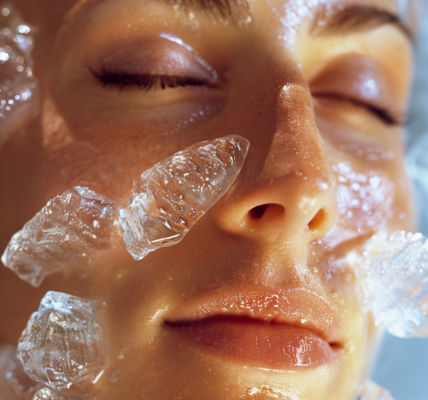Health
Understanding the Importance of Mole Mapping for Skin Health
When it comes to skin health, being proactive and vigilant is key. While most moles and body markings are harmless, it is essential to stay informed about potential risks and the importance of regular check-ups. Doctors are increasingly turning to social media to raise awareness about the significance of monitoring moles and body changes.
Factors such as sunbed use, a family or personal history of skin cancer, and having lighter skin tones with fair hair can elevate the risk of developing skin cancer. Last year, Khloe Kardashian shared her melanoma scare experience, emphasizing the necessity of consistent skin cancer checks.
Early detection is crucial in the fight against skin cancer. Understanding the signs that a mole may be cause for concern can help individuals take proactive steps towards their health. Nurse Laura from The Mole Clinic outlined the ‘ABCDE’ method to identify suspicious moles:
- Asymmetry: If the two halves of the mole don’t match
- Border: Irregular, blurred, or jagged border
- Colour: Uneven or different colours
- Diameter: The width of a pencil (6mm) or more
- Evolution: Changes over time
Laura also highlighted the ‘ugly duckling’ concept, where moles that stand out or look different from others should be assessed further. Any new or changing moles, irregularities, or persistent spots should prompt a visit to a healthcare professional for evaluation.
So, what is mole mapping and why is it significant? Mole mapping is a non-invasive procedure that utilizes high-resolution cameras to capture images of the body, identifying any new or changing moles or lesions. These images are stored in a database for future reference, allowing for yearly comparisons to monitor changes.
During a mole mapping appointment, individuals can expect a comprehensive full-body check by a trained medical practitioner. This process is particularly beneficial for high-risk patients with numerous moles or those who struggle with self-monitoring.
Being proactive about skin health and understanding the importance of regular mole checks can make a significant difference in early detection and treatment of skin conditions. Remember, when it comes to your health, vigilance and prompt action are key.





